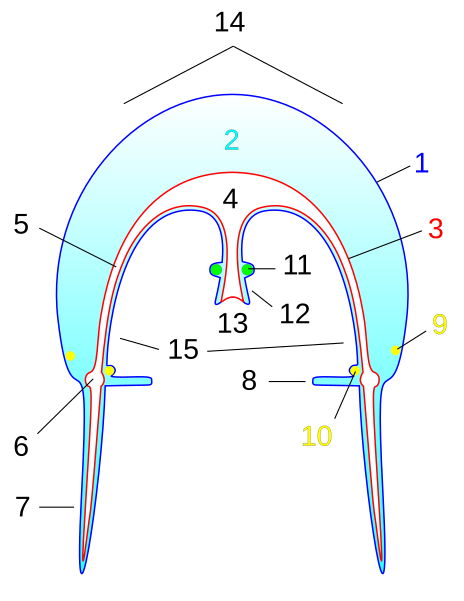We just learned about the
Aztec Sun Stone.
Another ancient Mesoamerican sculpture is the
Were-Jaguar Sculpture.
Some time before 600 BC in the area of Mexico there were a bunch of sculptures created that showed people that seemed to be part jaguar and part human.
Kind of like a werewolf, but with a jaguar so they called it a were-jaguar.
People these days are not really sure what this meant back then, if it was something worshipped by people long ago or if it was some old story, but there are a bunch of these were-jaguar sculptures.
One of them is very famous, and is called the Las Limas figure.
It is about 22 inches tall and shows a person holding a little were-jaguar baby.
The statue is made of greenstone, which means it was made from one of the many greenish rocks found in the area, like omphacite or olivine.
Were-jaguar sculptures had a dip in the top middle of their head, almond shaped eyes with round irises, a frowning mouth with the upper lip lifted up, and gums with no teeth.


(from: wikipedia -
werejaguar)
Kid Facts - Blast from the past: Haniwa







